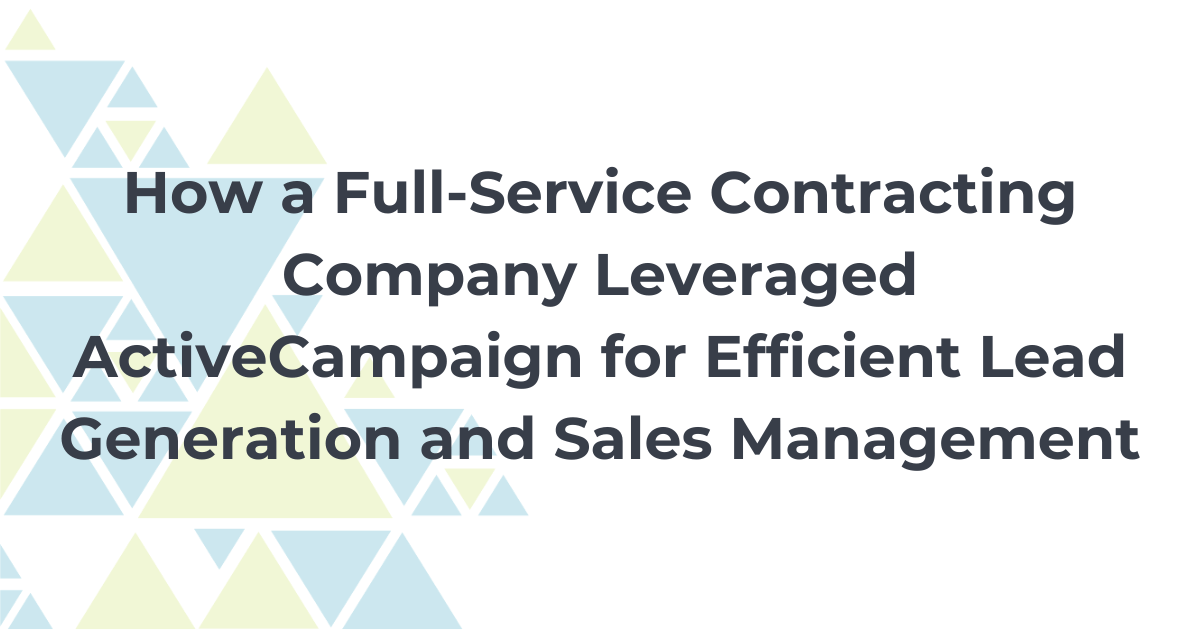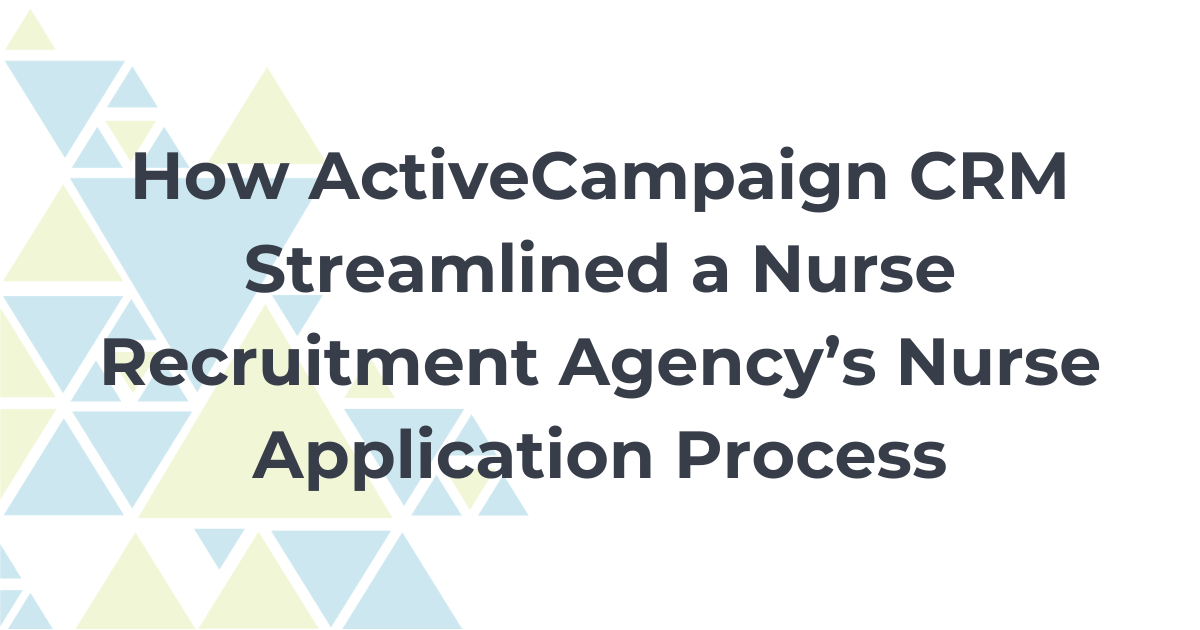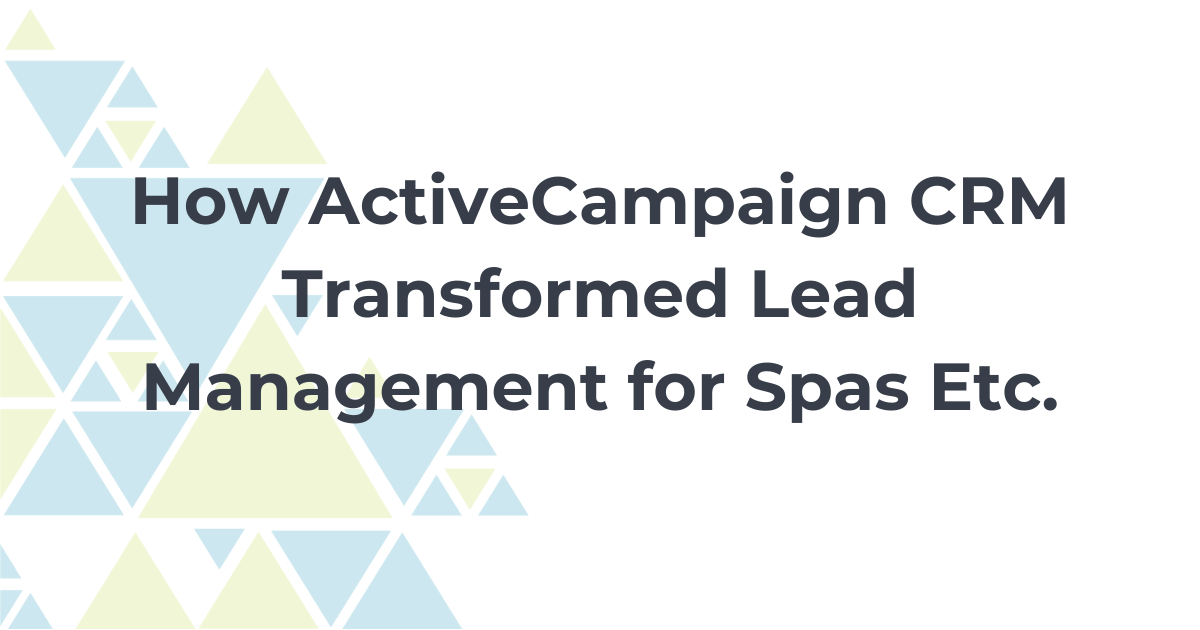If you’re an info product creator, then you have a responsibility to provide a high-quality product that meets or even exceeds the promises you’ve made to your audience.
You know the amount of time and effort to make that happen, too. And even though we don’t believe in just providing info dumps on people or throwing up some talking head video and calling it a training, for the most part–the relationship is based on a transaction. The customer pays for the product. You provide the product.
But what if you are selling info products that have some one-on-one or group coaching? This kind of relationship can sometimes have some blurry boundaries for both you and your clients.
So what are your responsibilities in this context?
In this vlog post, you’ll learn how to provide excellent coaching services without bending over backward and burning yourself out.
The Black Hole Client
Even though you’ve created marketing that has ensured that your clients are self-selecting, you can still get some clients that end up being what I like to call black hole clients.
These people just start to suck the life out of you because they think you are going to do everything for them. They want you to hold their hands throughout the whole course. They need extra help that you aren’t being paid for. They start to hold you responsible for their failures without doing their part. They seem to be never satisfied with what you provide for them. They are always asking for more–more help, more instruction, more freebies.
Although these clients are ultimately unavoidable, they seem to know how to latch onto those who are really passionate and dedicated to their businesses, who really want to help and serve others, but also have really poor boundaries.
If you have a problem saying no to people, this may be you!
And sometimes, the situation gets to be so untenable; you need to fire these clients.
That’s an awful feeling to have with someone you want to help, to feel like you’re being used, manipulated, and taken for granted. And it’s awful when you have to sever ties because you ultimately were taking on more than you needed to as a coach.
So clearly, you want to avoid this trap of over-delivering and being taken advantage of by black hole clients. Not only will this help you not be drained, but you’ll also be able to serve your other clients better when you’re not waylaid by a black hole client.
But how can you accomplish this?
Proper boundaries.
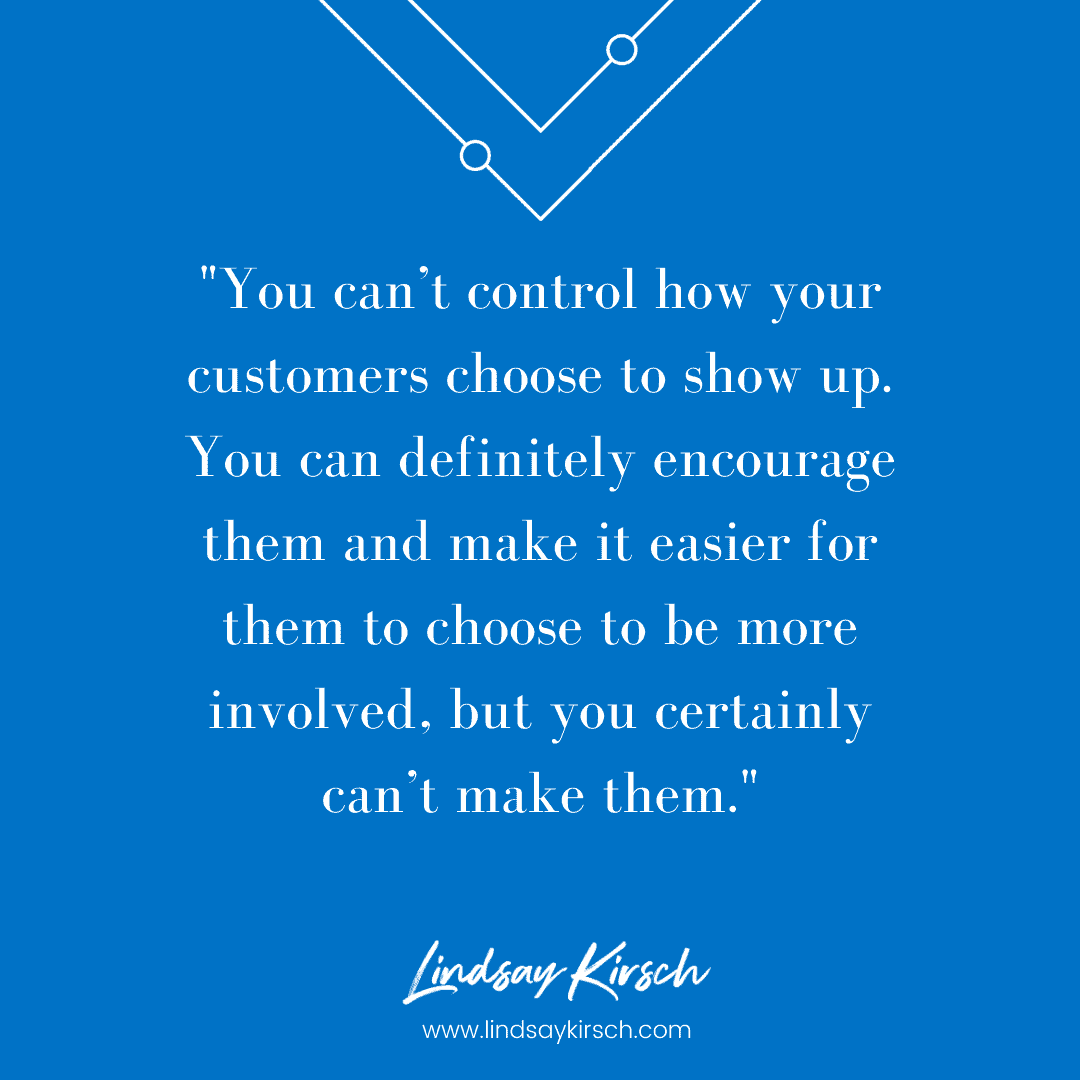
That’s an awful feeling to have with someone you want to help, to feel like you’re being used, manipulated, and taken for granted. And it’s awful when you have to sever ties because you ultimately were taking on more than you needed to as a coach.
Coaching as a Catalyst
To know what healthy boundaries should look like for your coaching services, it’s important to know what coaching is and the effects of good coaching:
Coaching is a service-oriented practice that is squarely focused on the goals, desires, and intentions of the client. Coaching is often catalytic, meaning that it sparks new thought and action and speeds up results. It is rewarding to provide clients with the coaching that enables them to move goals forward. (Coaching Basics)
So if you’re providing coaching services with your info product, those services could speed up learning and spur your clients to move forward with their goals. And these are definitely things that we all want, to see those light bulbs go on, to see our clients really get it, take that knowledge, and apply it.
On the other hand, if you have a black hole client, someone who continues to suck time and resources from you, you can’t be a catalyst for positive change in their lives.
Being in service to your customers does not mean being in indentured servitude.
Circle of Concern vs. Circle of Influence
You may really want to help your clients with understanding your material and with their lives, but you have to realize there’s only so much that you can control in that process.
Stephen Covey’s book, The 7 Habits of Highly Effective People, introduced the concepts of a Circle of Concern and a Circle of Influence.
The Circle of Concern is big and can contain a broad range of concerns such as your bills and finances, the health of you and your family, public safety, etc.
Inside the circle is what matters to you. What is outside of the circle is of no concern to you. Those could be things like which dog won the Westminster Dog Show this year, what today’s lottery numbers are, or who won the latest boxing match.
So within your circle of concern, there are some things that you have control over, like your finances and health, but other things you don’t have that much control over, such as public safety or the health of your spouse.
What you do have control over is what is called your circle of Influence, a smaller circle nestled in your circle of Concern.
Back to the public safety issue example–let’s say this is specifically about drunk driving. You can be concerned about drunk driving, but within your circle of influence is what you can do about it.
Now let’s apply this concept to providing an info product.
As a course creator, what is in your circle of influence?
- The content that you deliver to your audience
- The quality of the content that you deliver including the tools you use to deliver it
- Your ongoing dedication to serving your audience to your highest capability
- Providing a strategy to encourage intrinsic motivation [link] that helps encourage action from your audience
And here are things that are not in your circle of influence
- Audience drive and motivation to progress through the course materials
- The specific actions that your audience chooses to take after you provide them with the knowledge
- Openness to new ideas and methodologies
You know that saying, you can lead a horse to water, but you can’t make him drink? Your circle of influence is leading your client to the water of knowledge of information. You provide them with a high-quality product that you’ve researched, created, tested, and piloted. You make yourself available for questions and support.
Your circle of concern, of course, contains concerns and worries about your clients doing what they need to do to get the most out of your info product.
- Will they complete the homework?
- Will they stay enrolled?
- Will they engage in the forums or our Facebook group?
- Will they show up for the one-on-one coaching call as scheduled?
Those are valid concerns, but you can’t control how your customers choose to show up. You can definitely encourage them and make it easier for them to choose to be more involved, but you certainly can’t make them. We’re all adults here, and it’s more than OK to have expectations of what the course requires.
You can’t control how your customers choose to show up. You can definitely encourage them and make it easier for them to choose to be more involved, but you certainly can’t make them.
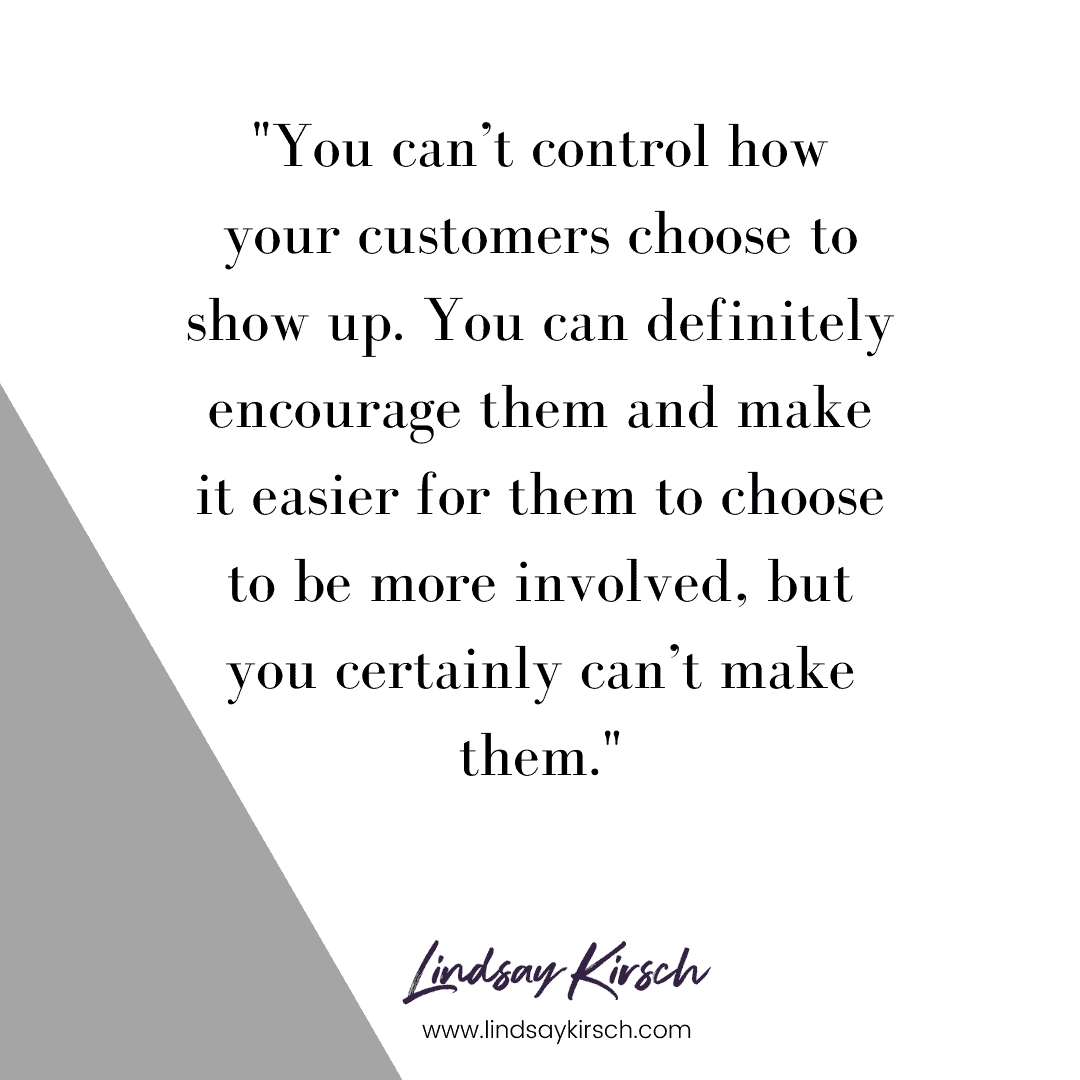
Keeping Black Hole Clients Out of Your Circle of Influence
To have a successful info product, it’s imperative that needy or unmotivated clients do not make their problems your problems.
Not your monkeys, not your circus!
If people decide to blow off your phone calls or not complete their homework or assignments, you can definitely check in with them, but eventually, they have made their choices, and you have to make yours.
You can’t be the coach who wants to serve and please his or her clients so badly, that it starts to encroach on other parts of your business, and even your personal life.
Just one black hole client could sidetrack you and cause you to be burned out and even resent that you created this product in the first place.
And sometimes, you may have to fire clients, because you respect yourself and your time, as well as your clients and their time. But if you have solid boundaries of where your circle of influence ends with your customers, you’ll be able to prevent better having to go to those drastic lengths.
When we’re creating these info products, we want to empower people with the knowledge and expertise they have. We want to help change lives for the better.
We didn’t go through all the trouble of creating a course so we could have to babysit our clients. And we also didn’t create low-quality products and call them training or courses. We care about what we do and we take pride in our work.
But realizing where our work ends and our clients’ work begins is key to everyone’s success.
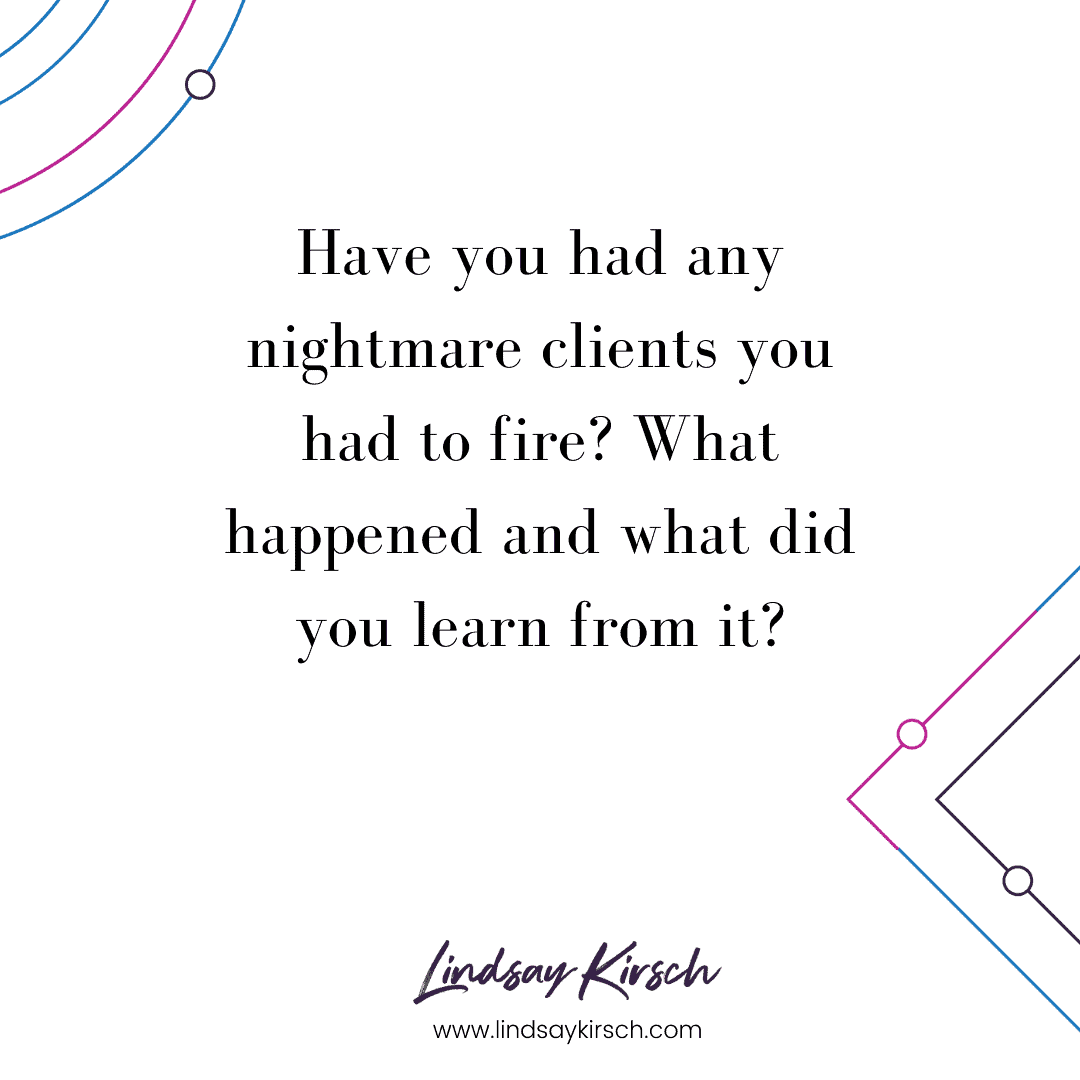
Let’s hear your experiences in the comments!


